| Devil's Garden | |
| Camera: Panasonic DC-G9 | Date: 21-09-2023 18:14 | Resolution: 4824 x 3015 | ISO: 200 | Exp. bias: 0 EV | Exp. Time: 1/160s | Aperture: 7.1 | Focal Length: 19.0mm | Location: Devil's Garden | State/Province: Escalante, Garfield, Utah | See map | Lens: LUMIX G VARIO 12-35/F2.8II | |
Red Canyon
After a good stay at the Thunderbird Lodge we hit the road towards Escalante. The morning’s highlight was Red Canyon, a relatively small area with similar geology to Bryce, but many of the rocks are a bright reddish shade. Many of the best views are from the road or a short trail around the visitor centre. We’ve driven past previously without time to stop and explore, so we took our time today.
| Red Canyon (Show Details) |
Scenic Route 12 is over 120 miles from its start near Red Canyon to its end at Capitol Reef, and a large number of those miles are packed with dramatic scenery. In addition the road has had a lot of work since our last visit and is now open, a comfortable width and beautifully surfaced. The drive to Escalante was a very pleasant one.
| Red Canyon (Show Details) |
The Canyon Country Lodge is a nice new hotel and we had a pleasant few hours in the sun. Dinner, however, was complicated by Utah’s licensing laws. We’d already fallen foul of the rule that you can’t order a drink until you’re sitting down with meal ordered, so you go thirsty if there’s a wait for a table. Tonight we had a new version: we sat down promptly, placed our food and drink order, and then they couldn’t find any staff over 21 to open the bottles and carry the drinks to our table, so the drinks only turned up with the last course, carried to the table by a suitably qualified (old) member of staff who looked suspiciously like the gardener. You also can’t finish drinks off outside the restaurant area, so the concept of a relaxing drink in the lounge doesn’t exist. Annoying.
Hell’s Backbone
After a disturbed night’s sleep (what idiot leaves the alarm set for midnight on a hotel room clock?) I did a solo dawn shoot at the Devil’s Garden. This was straightforward apart from the Jag-war’s satnav dumping me in the middle of nowhere 4 miles from target at which point I had to revert to manual navigation and dead reckoning. When I arrived the car park was occupied by several trucks with photographers milling around, but they promptly got into their trucks and drove off, not hanging around for the wonderful golden hour light. Odd.
| Devil’s Garden (Show Details) |
Back at the hotel we discovered that there is nowhere to get a decent breakfast in Escalante. Every shop, regardless of the nature of their merchandise, will sell you a coffee, but none of the cafes and restaurants do breakfast service. The fare on offer at our hotel was inedible, and the very nice diner attached to the motel where we stayed in 2007 seems to have disappeared.
Mid-morning we set off on the aptly named Hell’s Backbone, a 38 mile high-country unpaved road between Escalante and Boulder, which was the only way to get between them until the challenging engineering of the new, lower road in the 1940s. Most of the drive is in forest, moderately demanding and not very interesting, until you reach Hell’s Backbone Bridge, a short and narrow link (109 ft long and 14 ft wide) between two outcrops. This apparently took about a day off the old horse trail, but it also has the most dramatic views down into the valleys on both sides of a narrow ridge, and for probably a good 40 miles in both directions.
| Hell’s Backbone Bridge (Show Details) |
After a relaxing few hours at the end of the day we took dinner at the pizzeria. New variant on the Utah licensing laws: I had to go to the counter to order Frances’ second glass of wine, but I am not allowed to carry it to the table on my own so the proprietor had to accompany me with one glass of wine, apologising as we went. Daft.
You Can’t Win Them All
We had another poor night’s sleep courtesy of a big unexplained thump around midnight and a recurring noise sounding like someone pulling a water tank around the car park. However we then slept a bit longer in the morning which may have helped reset our internal clocks a bit.
I took a walk round the Petrified Forest, which was a pleasant ramble but had only a couple of really dramatic pieces of fossilised wood, so I’m not sure "Forest" is fully justified.
| Escalante Petrified Forest State Park (Show Details) |
We took lunch at the deli, where delivery of our coffees was somewhat delayed by a rather public employee relations dispute. Not for nothing is the Chinese symbol for war two women under one roof. I suspect there may be a staffing change coming on, but it’s also possible they have been carrying on like that for years…
After a lazy afternoon in the sun we went back to The Devil’s Garden to photograph the rocks at sunset. Four miles from the site a large number of cars were parked up in the middle of nowhere roughly where the Jag-war’s satnav dumped me the other morning. We carried on to the actual location and had that wonderful place to ourselves. Are we growing a race who really cannot cope if the computer is wrong?
Back in town we took dinner at a different restaurant attached to another new motel. The food was delicious, service was prompt and they presented no complications due to Utah licensing laws. On the other hand it had absolutely zero ambience and the music was awful – weird covers of 60s hits. You can’t win them all.
| Metate Arch, Devil’s Garden (Show Details) |

 List
List Abstract
Abstract One+Abstract
One+Abstract

















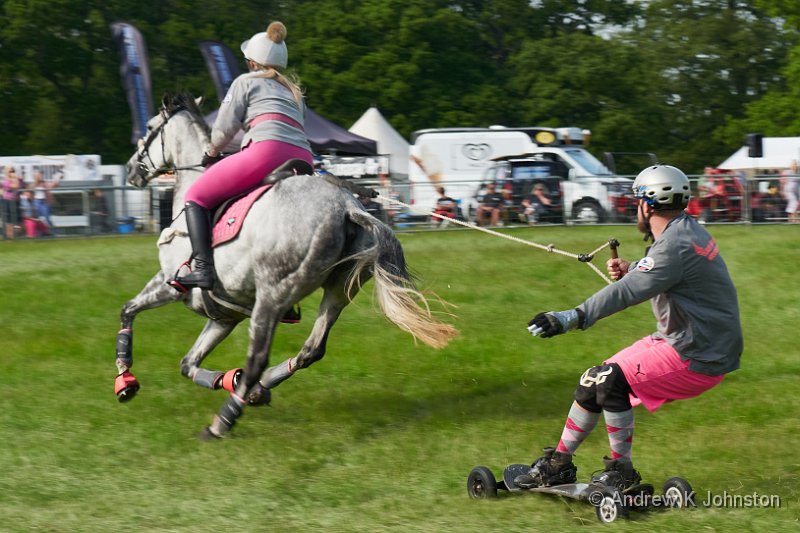









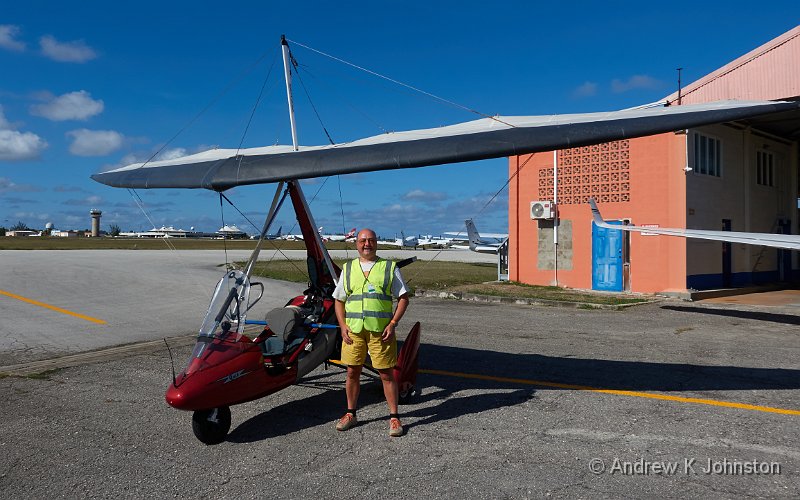

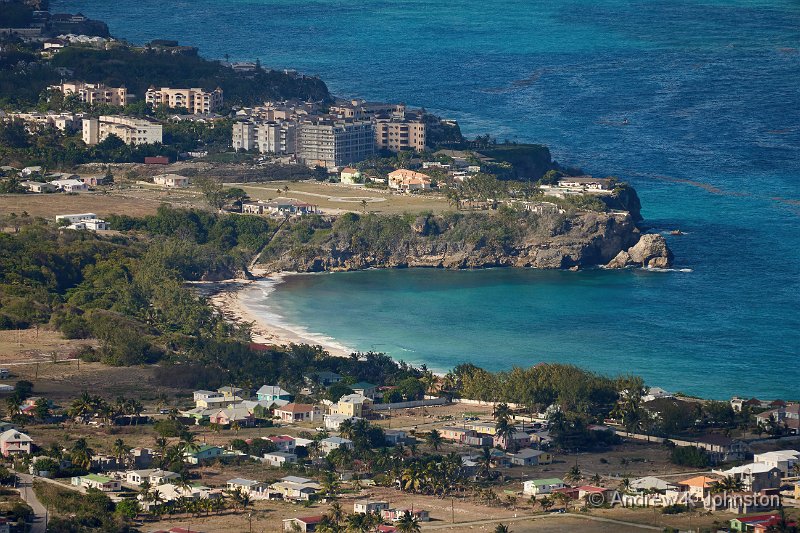
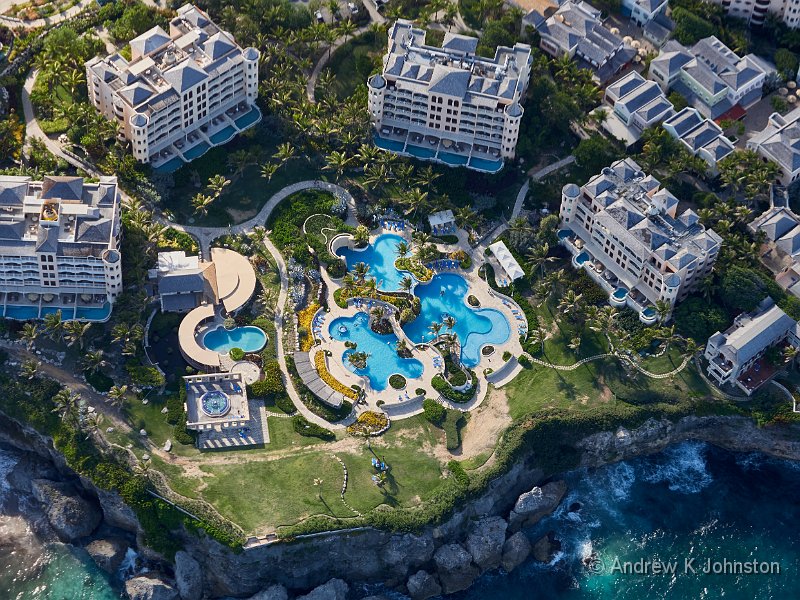
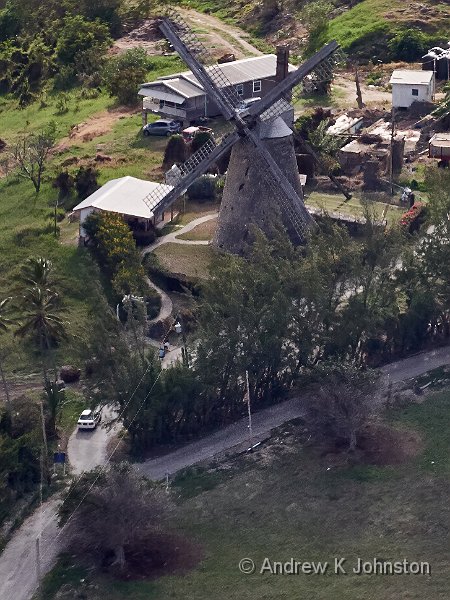

 Thoughts on the World (Main Feed)
Thoughts on the World (Main Feed) Main feed (direct XML)
Main feed (direct XML)